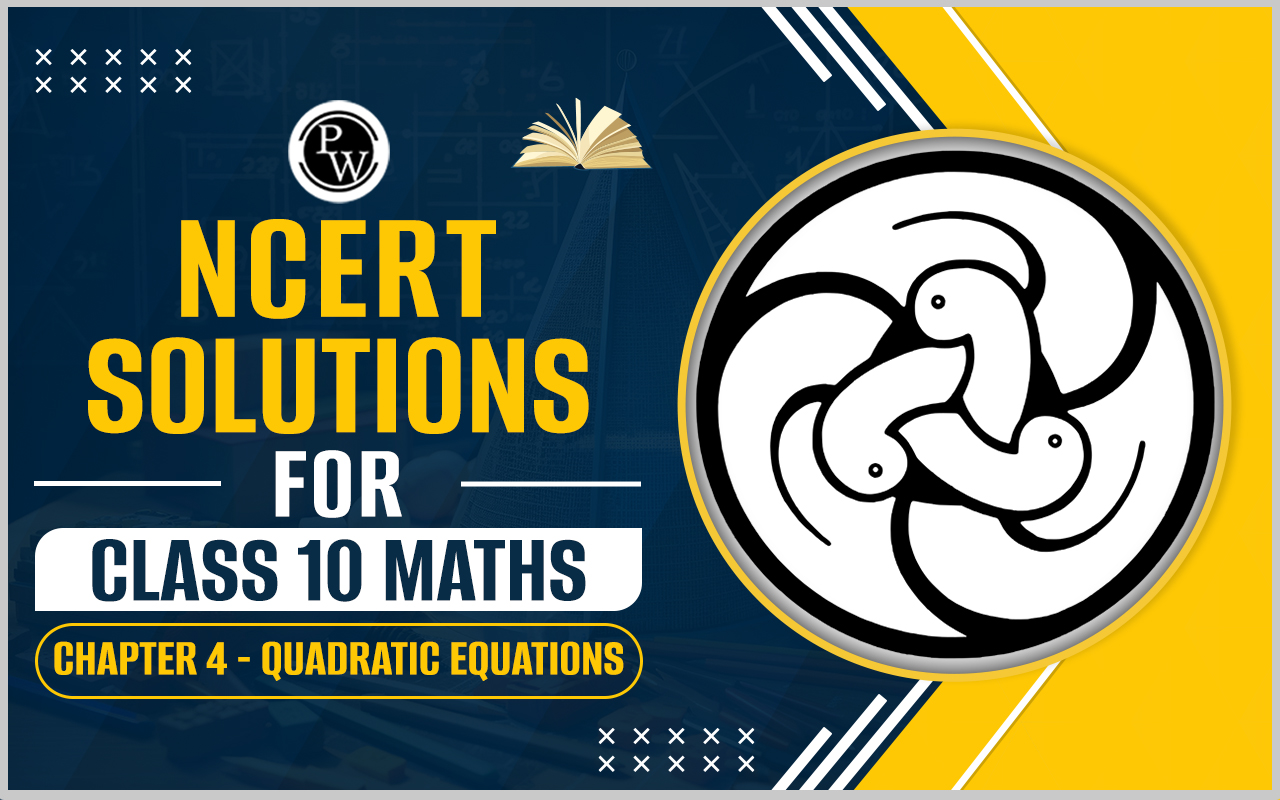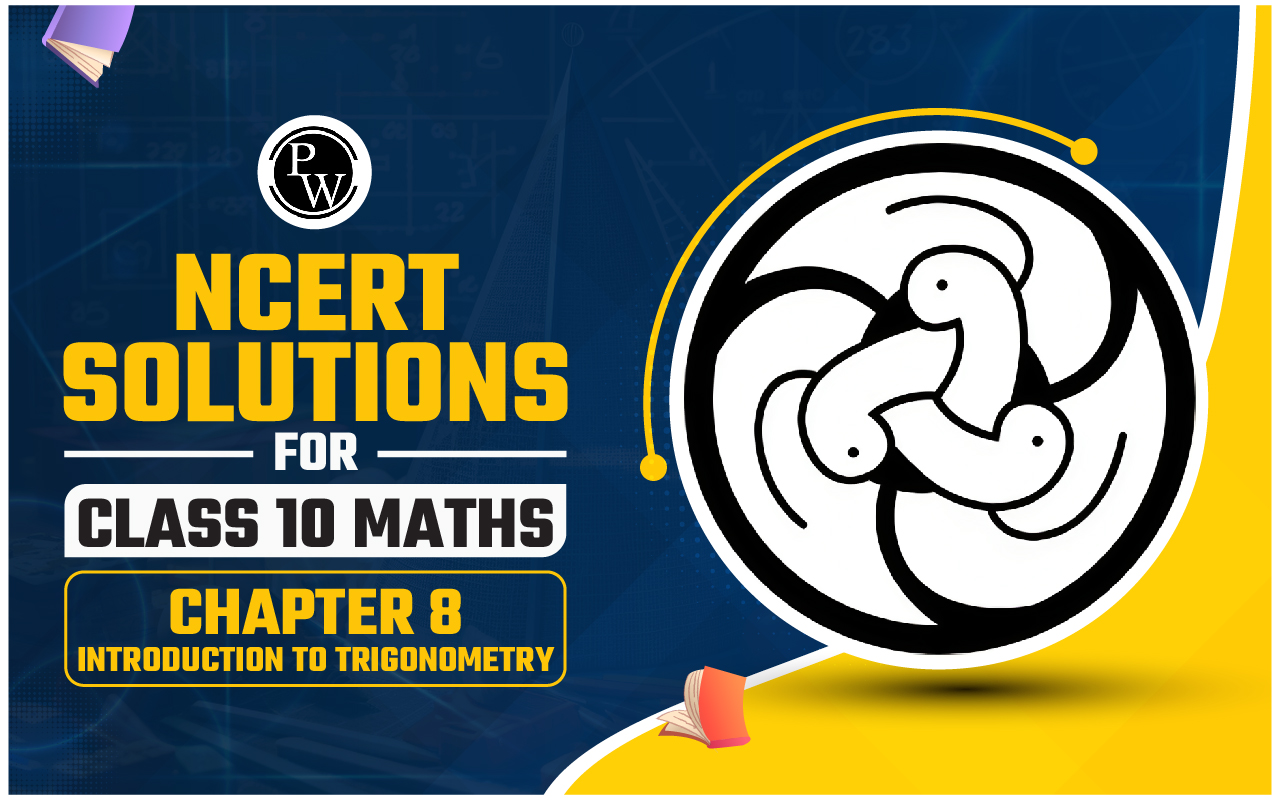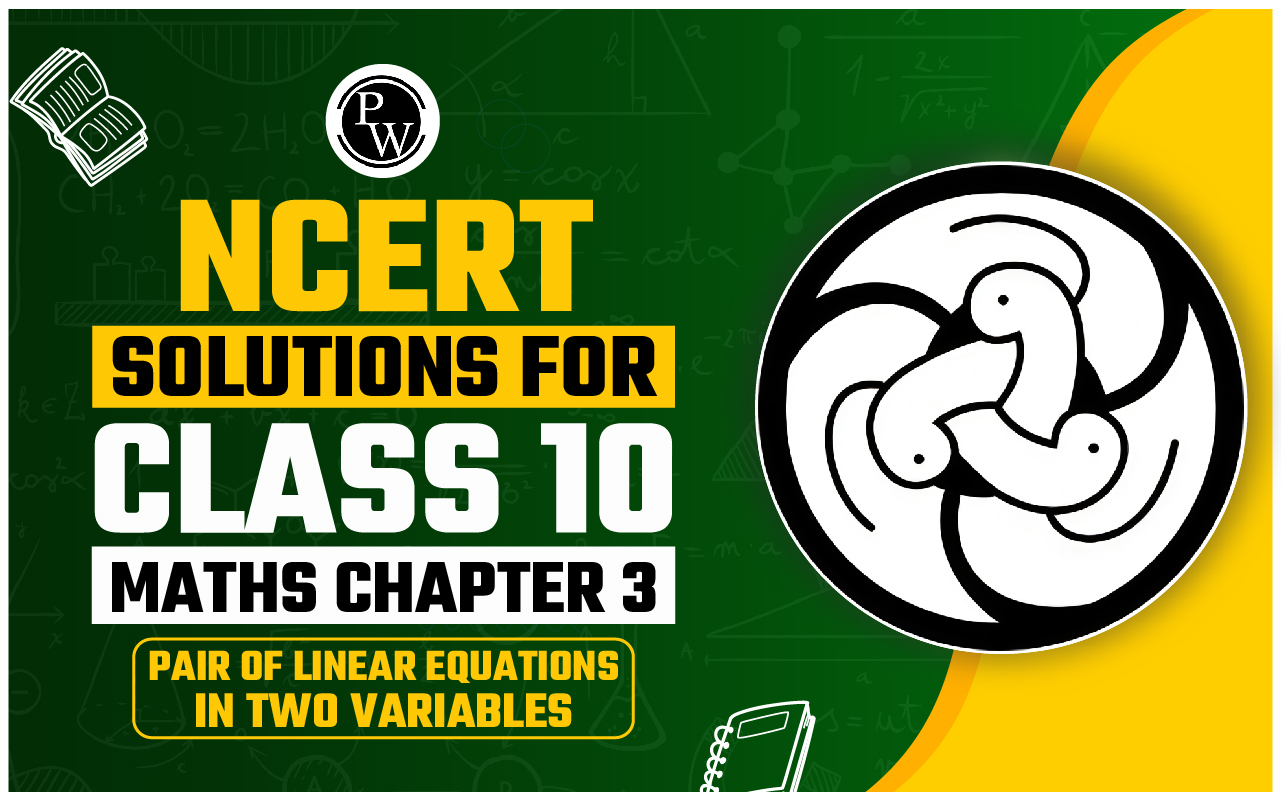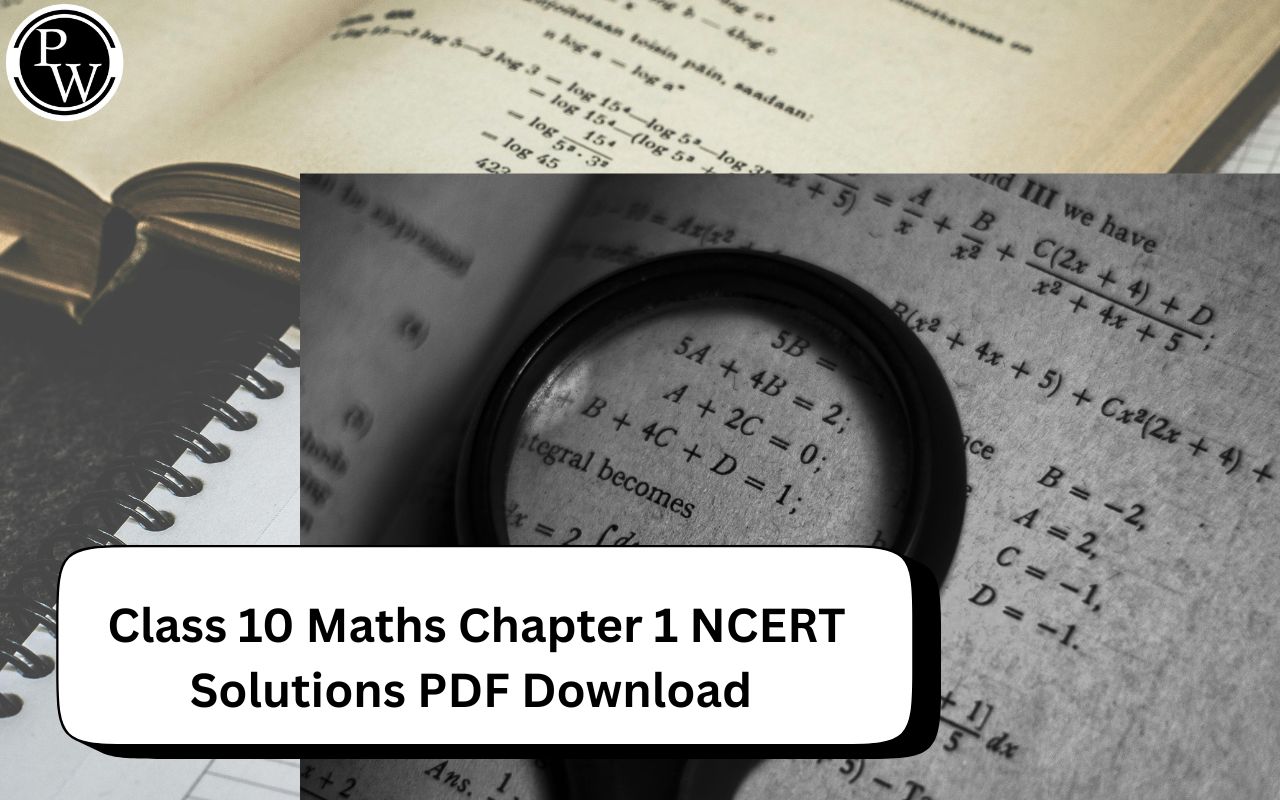

CBSE Class 10 Syllabus 2024-25
CBSE Class 10 Maths Notes Chapter 2 Polynomials PDF
The PDF link for CBSE Class 10 Maths Notes Chapter 2 Polynomials is provided below. This detailed resource provide explanations, examples, and exercises to help students grasp the concepts covered in the chapter effectively. By accessing this PDF, students can enhance their understanding of polynomials and strengthen their mathematical skills.CBSE Class 10 Maths Notes Chapter 2 Polynomials PDF
CBSE Class 10 Maths Notes Chapter 2 Polynomials
Algebraic Expressions
Polynomial
In algebra, expressions can feature exponents that are rational numbers. However, when it comes to polynomials, these are a specific type of algebraic expression where the exponent on any variable is a whole number. Let's examine a few examples:- The expression 5x^3 + 3x + 1 is both a polynomial and an algebraic expression. Each term in this expression features variables raised to whole number exponents.
- On the other hand, an expression like 2x + 3√x is an algebraic expression but not a polynomial. This is because the exponent on 'x' is 1/2, which is not a whole number.
Degree of a Polynomial
For a polynomial in one variable, the degree of the polynomial is determined by the highest exponent on the variable. For example:- In the polynomial x^2 + 2x + 3, the degree is 2 since the highest power of 'x' in the expression is x^2.
- Another example is the polynomial x^8 + 2x^6 - 3x + 9. Here, the degree is 8, as the greatest power of 'x' in the expression is 8.
Types Of Polynomials
Polynomials can be categorized based on the following criteria: a) Number of Terms b) Degree of the PolynomialTypes of Polynomials Based on the Number of Terms:
a) Monomial – A polynomial with only one term. Examples include 2x, 6x^2, and 9xy. b) Binomial – A polynomial consisting of two unlike terms. Examples are 4x^2 + x and 5x + 4. c) Trinomial – A polynomial comprising three unlike terms. An example is x^2 + 3x + 4.Types of Polynomials Based on Degree:
Linear Polynomial: A polynomial with a degree of one is termed a linear polynomial. For instance, 2x + 1 is a linear polynomial. Quadratic Polynomial: A polynomial of degree two is known as a quadratic polynomial. For example, 3x^2 + 8x + 5 is a quadratic polynomial. Cubic Polynomial: A polynomial of degree three is referred to as a cubic polynomial. An example is 2x^3 + 5x^2 + 9x + 15.Graphical Representations
Let us learn here how to represent polynomial equations on the graph.Representing Equations on a Graph
Any equation can be represented as a graph on the Cartesian plane, where each point on the graph represents the x and y coordinates of the point that satisfies the equation. An equation can be seen as a constraint placed on the x and y coordinates of a point, and any point that satisfies that constraint will lie on the curve. For example, the equation y = x, on a graph, will be a straight line that joins all the points which have their x coordinate equal to their y coordinate. Example – (1,1), (2,2) and so on.Geometrical Representation of a Quadratic Polynomial
The graph of a quadratic polynomial resembles a parabola, which has a U-shaped appearance. The direction in which the parabola opens depends on the value of 'a' in the quadratic expression ax^2 + bx + c. If 'a' is positive, the parabola opens upwards, while if 'a' is negative, it opens downwards. The parabola can intersect the x-axis at zero, one, or two points, depending on its positioning and the roots of the quadratic equation.Factorisation of Polynomials
Benefits of CBSE Class 10 Maths Notes Chapter 2 Polynomials
- Clear explanations of important ideas
- Simplification of difficult subjects for easier comprehension
- Effective study aid for final exam preparation
- Improved recall of essential information
- Essential points and advice for efficient exam preparation
- Time-saving combination of information
- Priority given to significant subjects and inquiries
- Increased exam-taking confidence for students
CBSE Class 10 Maths Notes Chapter 2 FAQs
What are polynomials, and how are they different from algebraic expressions?
Polynomials are expressions consisting of variables, constants, and mathematical operations like addition, subtraction, multiplication, and division. They differ from algebraic expressions in that they involve only addition, subtraction, and multiplication, whereas algebraic expressions may include additional operations like division and exponentiation.
Can you explain the concept of zeroes of a polynomial?
The zeroes of a polynomial are the values of the variable for which the polynomial becomes zero. Geometrically, they represent the points where the polynomial intersects the x-axis on the Cartesian plane.
How do we factorize quadratic polynomials?
Quadratic polynomials can be factorized by splitting the middle term or by using the quadratic formula. The splitting method involves finding two numbers whose product is equal to the product of the coefficient of the quadratic term and the constant term, and whose sum is equal to the coefficient of the linear term.
🔥 Trending Blogs
Talk to a counsellorHave doubts? Our support team will be happy to assist you!

Check out these Related Articles
Free Learning Resources
PW Books
Notes (Class 10-12)
PW Study Materials
Notes (Class 6-9)
Ncert Solutions
Govt Exams
Class 6th to 12th Online Courses
Govt Job Exams Courses
UPSC Coaching
Defence Exam Coaching
Gate Exam Coaching
Other Exams
Know about Physics Wallah
Physics Wallah is an Indian edtech platform that provides accessible & comprehensive learning experiences to students from Class 6th to postgraduate level. We also provide extensive NCERT solutions, sample paper, NEET, JEE Mains, BITSAT previous year papers & more such resources to students. Physics Wallah also caters to over 3.5 million registered students and over 78 lakh+ Youtube subscribers with 4.8 rating on its app.
We Stand Out because
We provide students with intensive courses with India’s qualified & experienced faculties & mentors. PW strives to make the learning experience comprehensive and accessible for students of all sections of society. We believe in empowering every single student who couldn't dream of a good career in engineering and medical field earlier.
Our Key Focus Areas
Physics Wallah's main focus is to make the learning experience as economical as possible for all students. With our affordable courses like Lakshya, Udaan and Arjuna and many others, we have been able to provide a platform for lakhs of aspirants. From providing Chemistry, Maths, Physics formula to giving e-books of eminent authors like RD Sharma, RS Aggarwal and Lakhmir Singh, PW focuses on every single student's need for preparation.
What Makes Us Different
Physics Wallah strives to develop a comprehensive pedagogical structure for students, where they get a state-of-the-art learning experience with study material and resources. Apart from catering students preparing for JEE Mains and NEET, PW also provides study material for each state board like Uttar Pradesh, Bihar, and others
Copyright © 2025 Physicswallah Limited All rights reserved.
Get App











